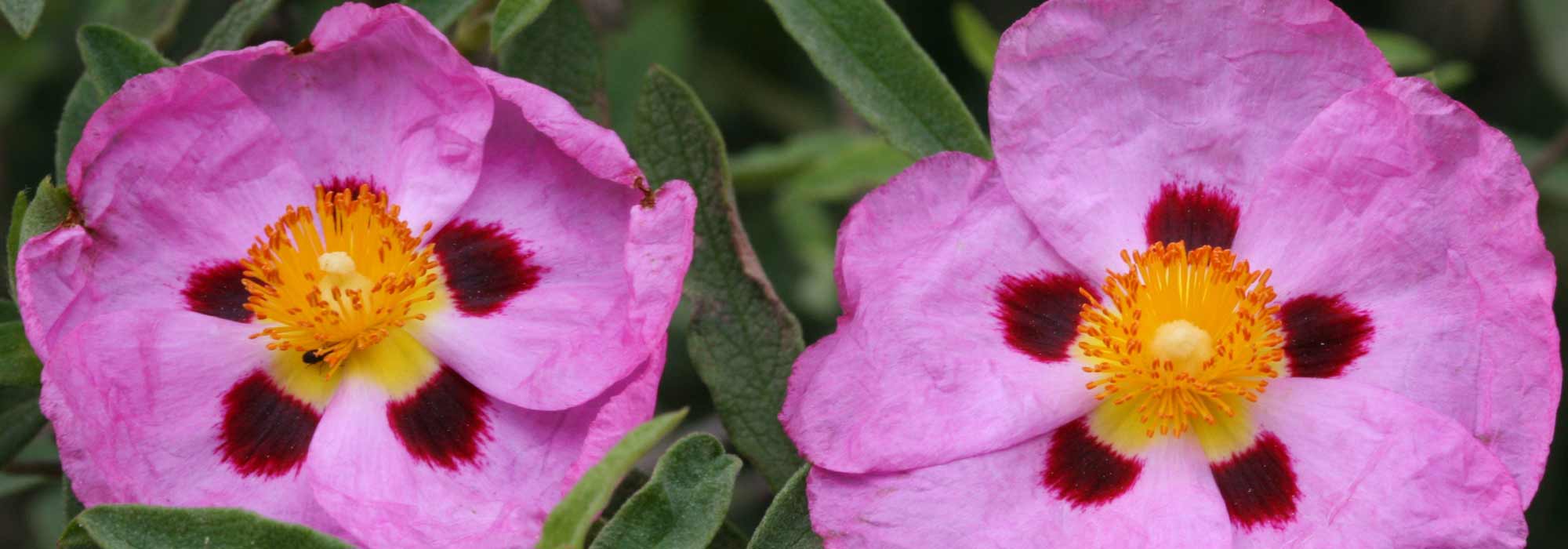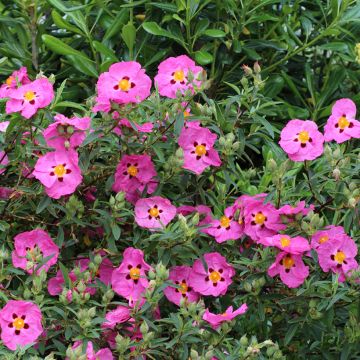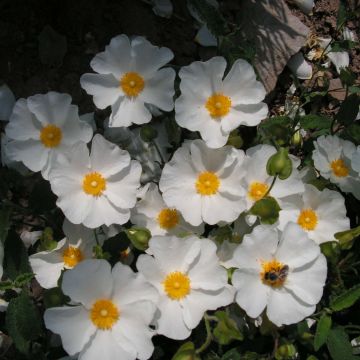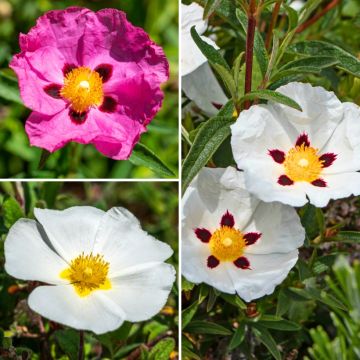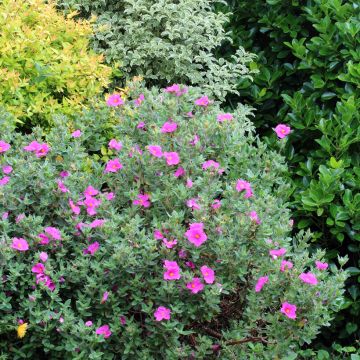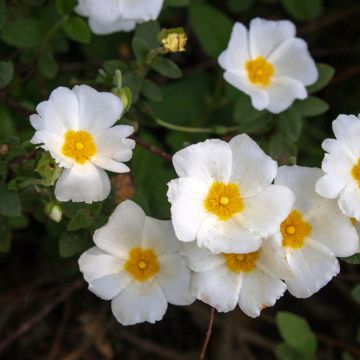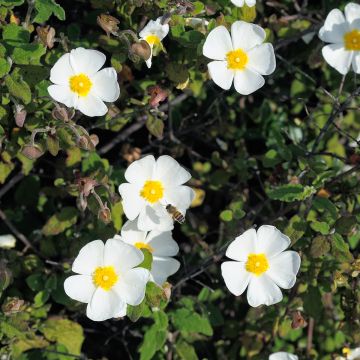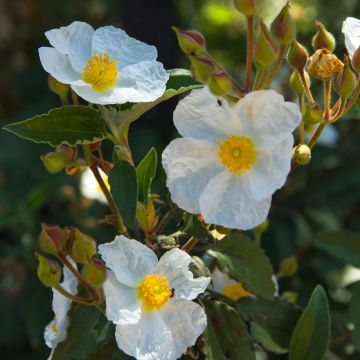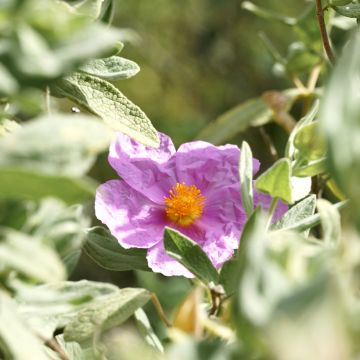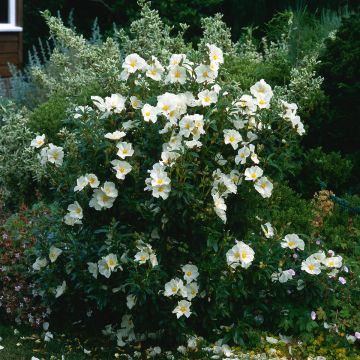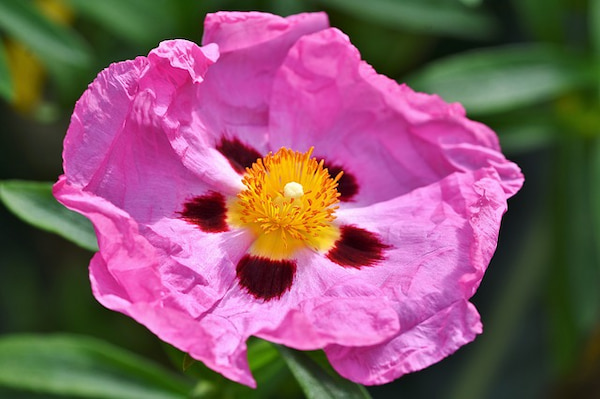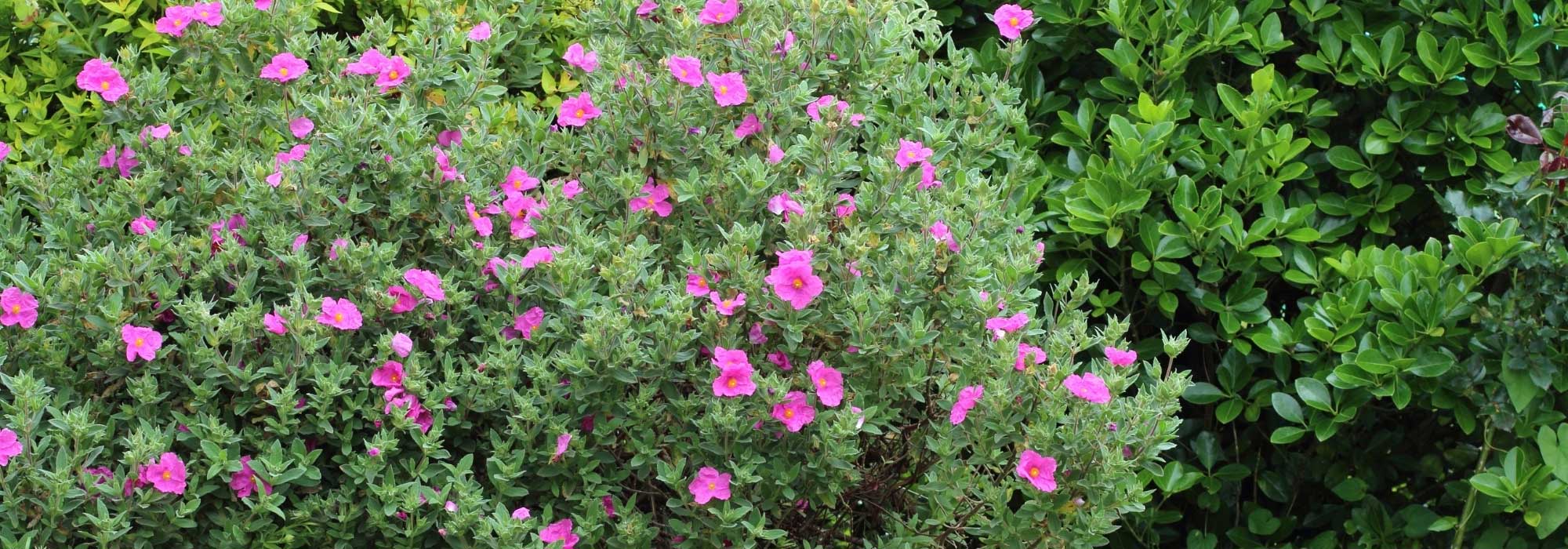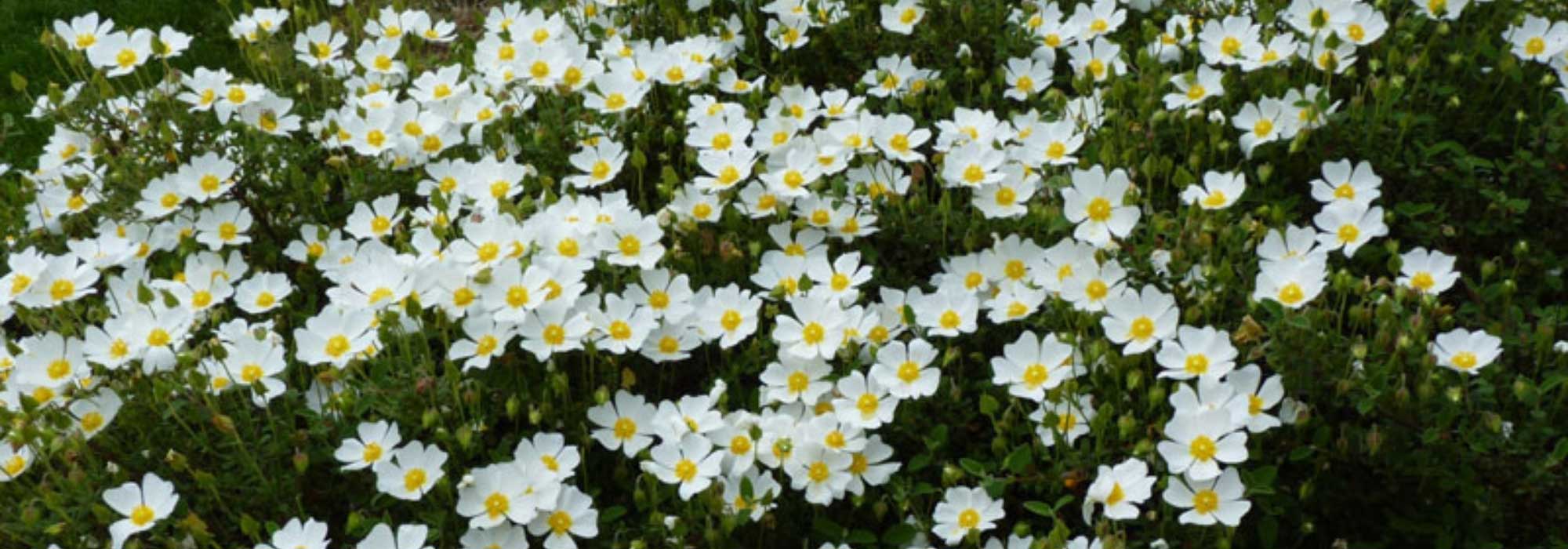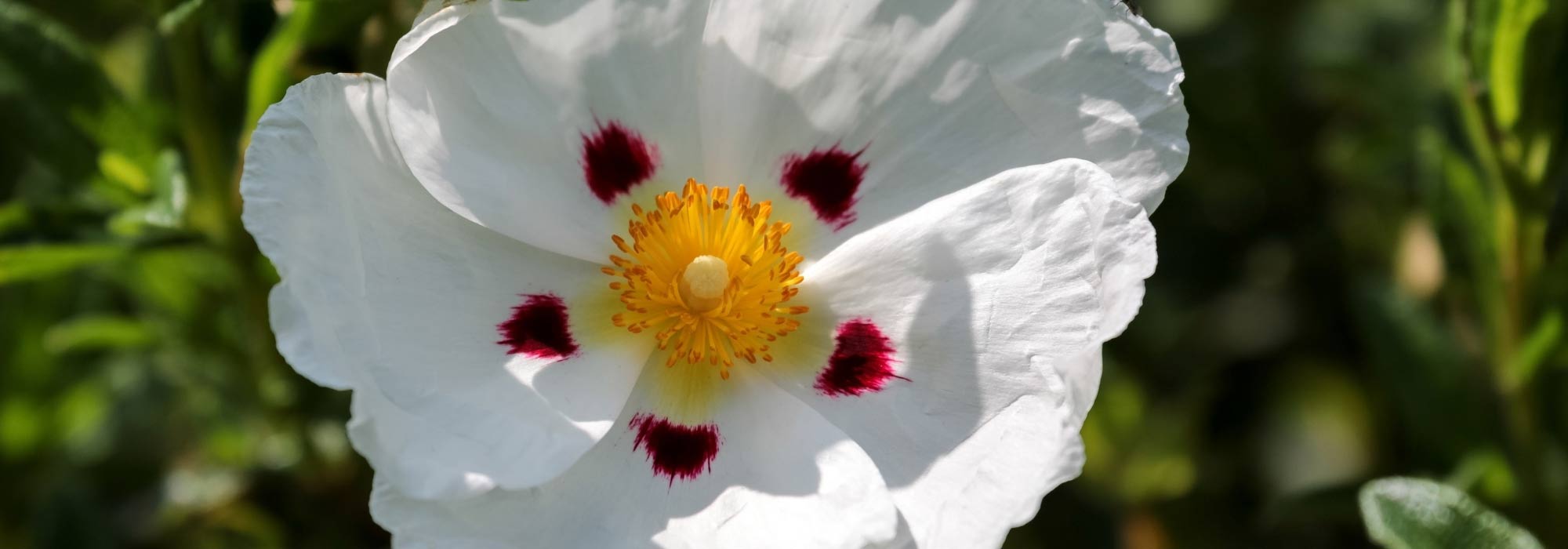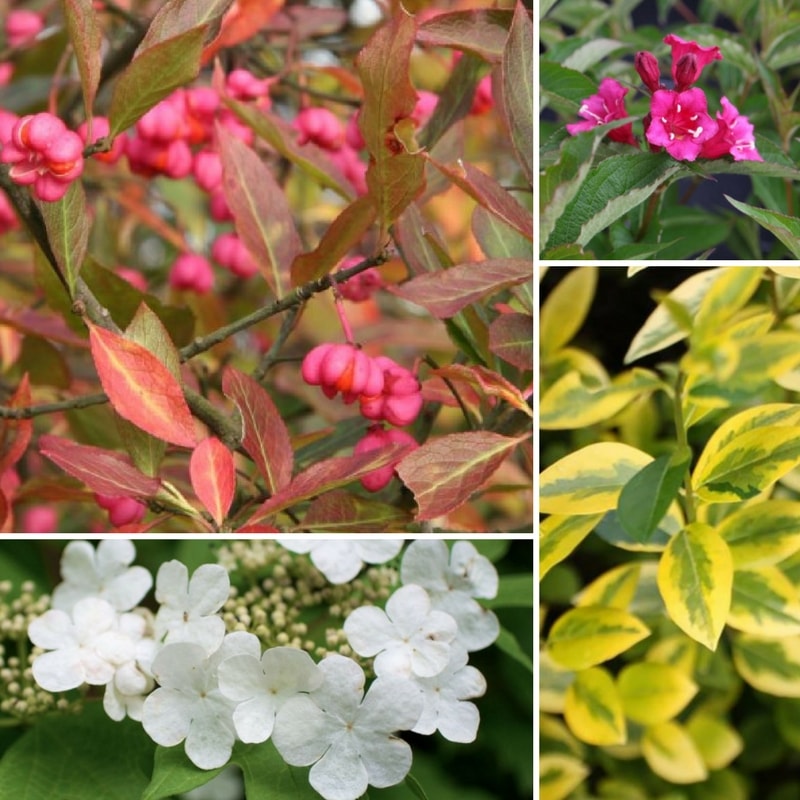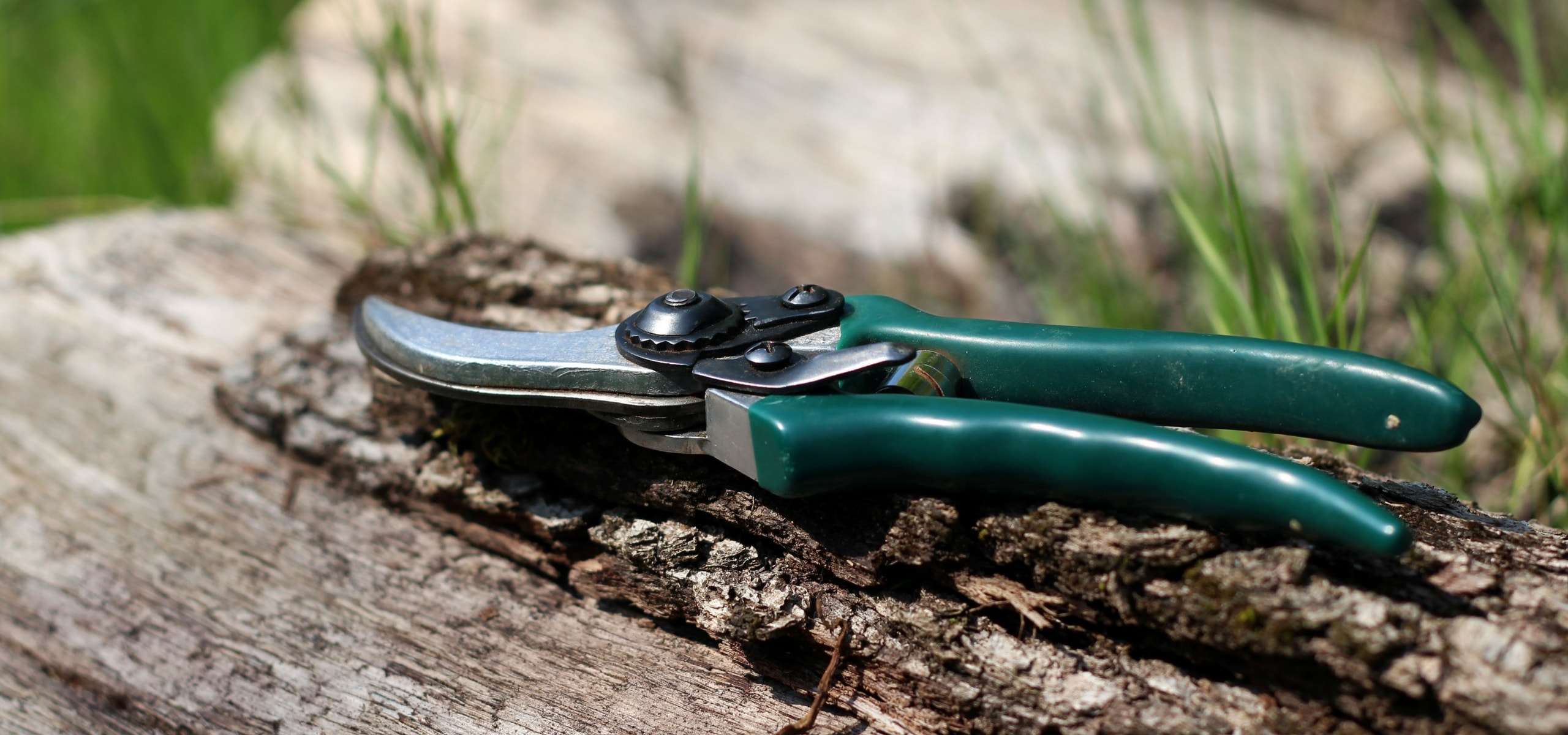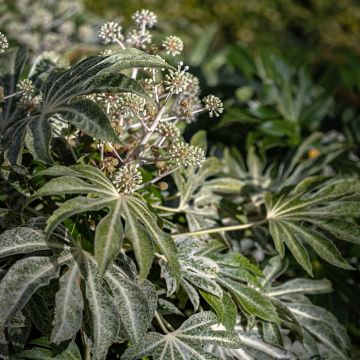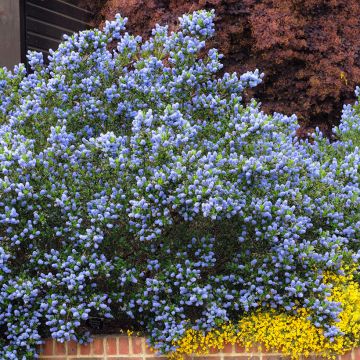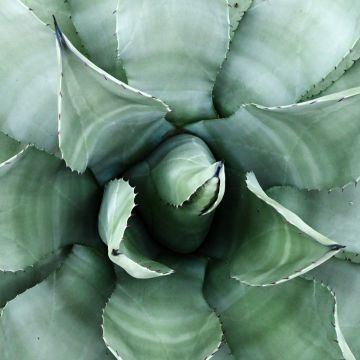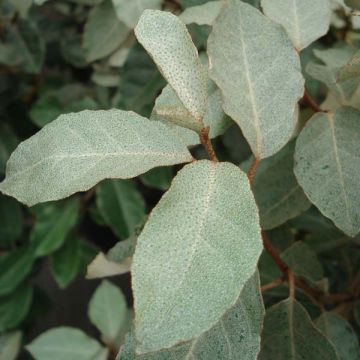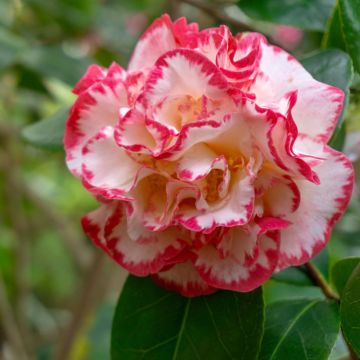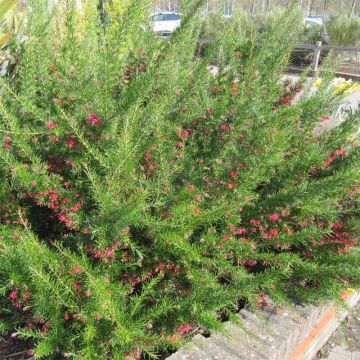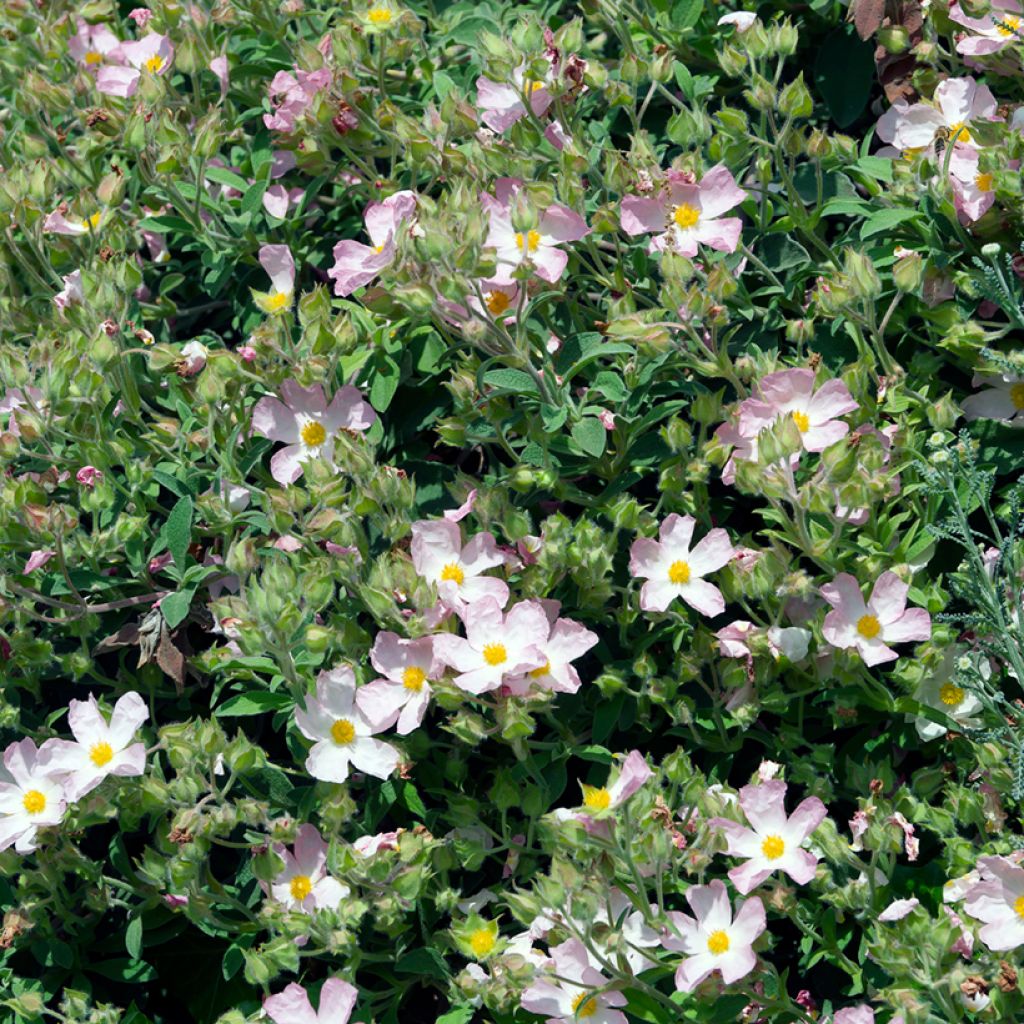

Cistus x argenteus Silver Pink - Rockrose
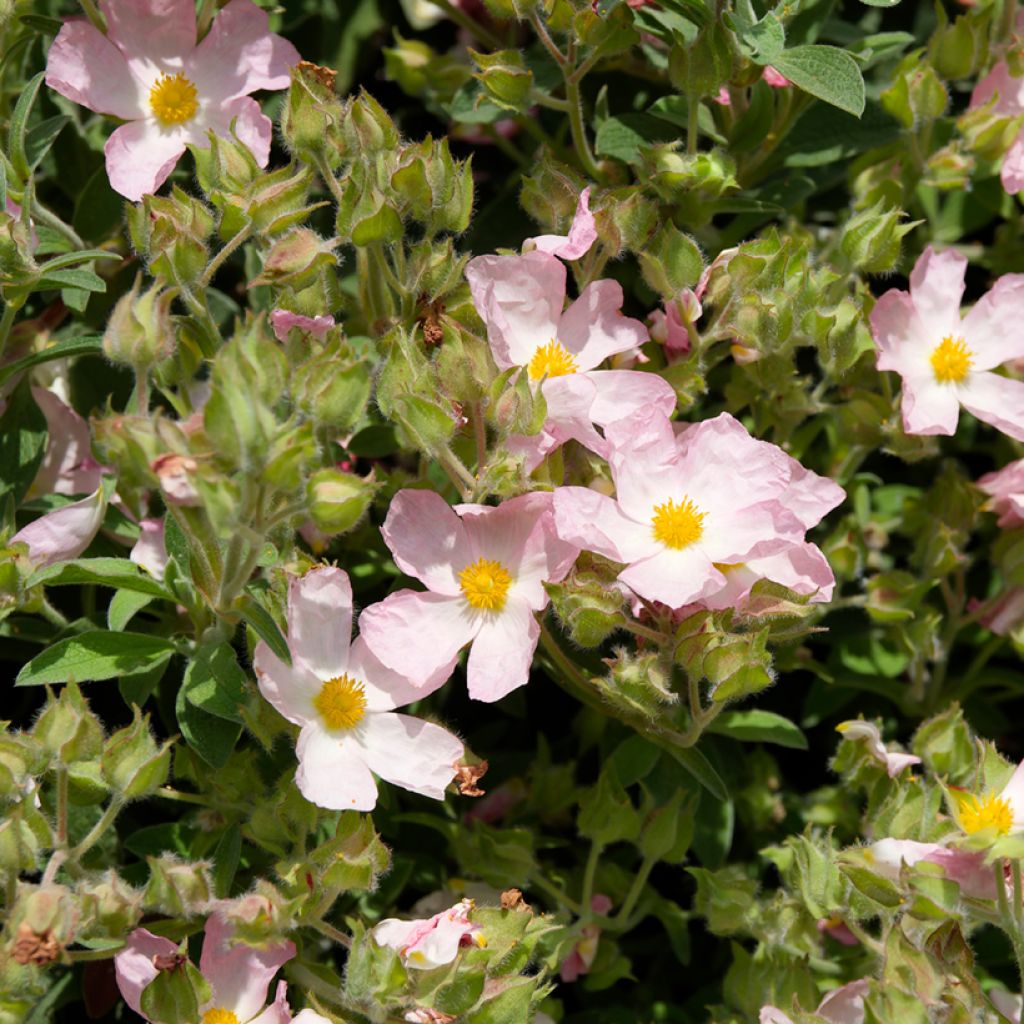

Cistus x argenteus Silver Pink - Rockrose
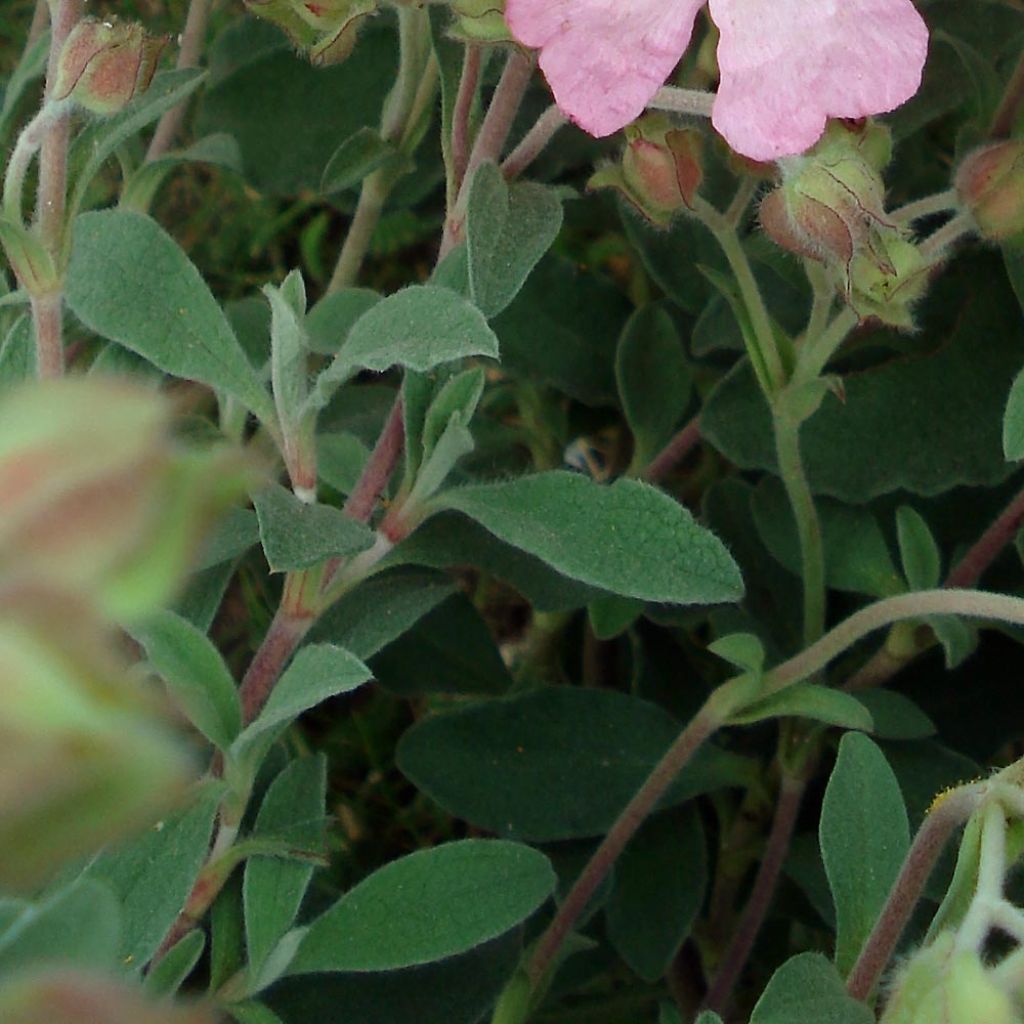

Cistus x argenteus Silver Pink - Rockrose
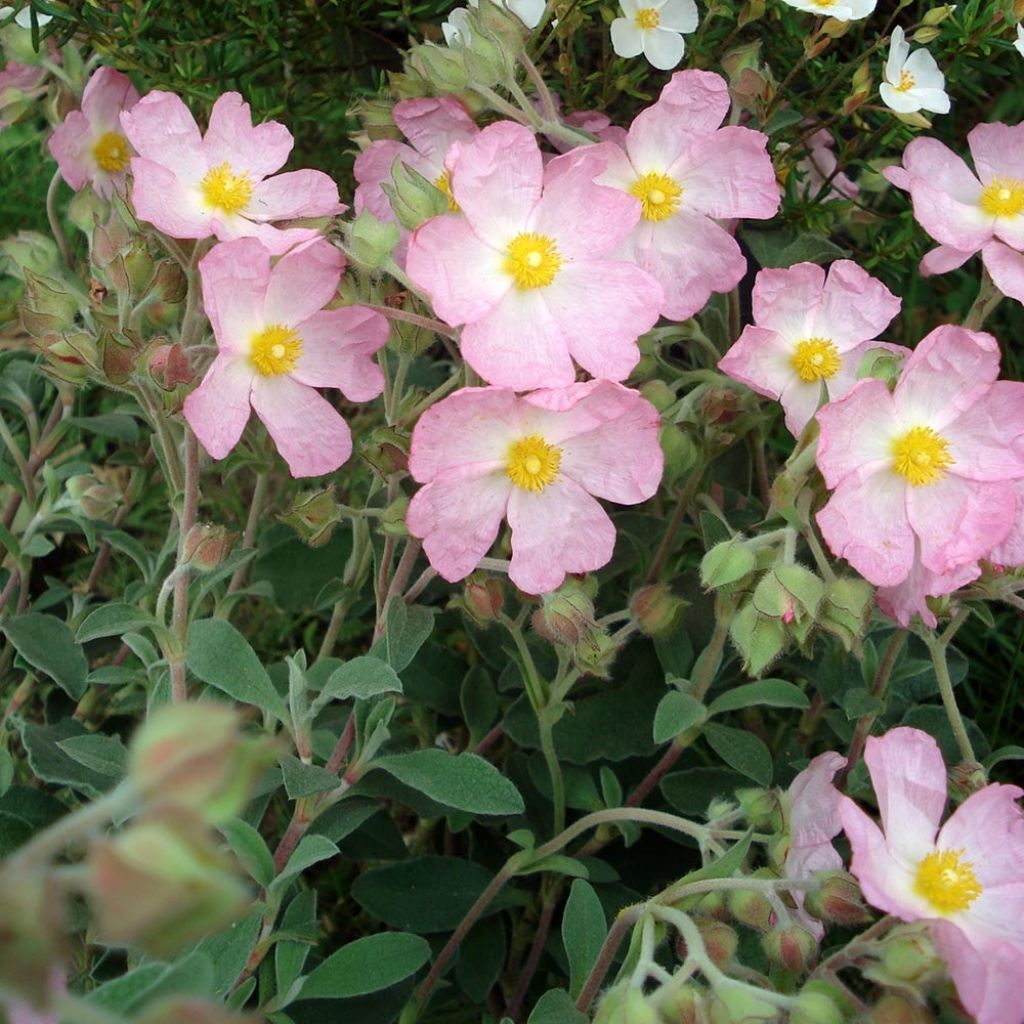

Cistus x argenteus Silver Pink - Rockrose
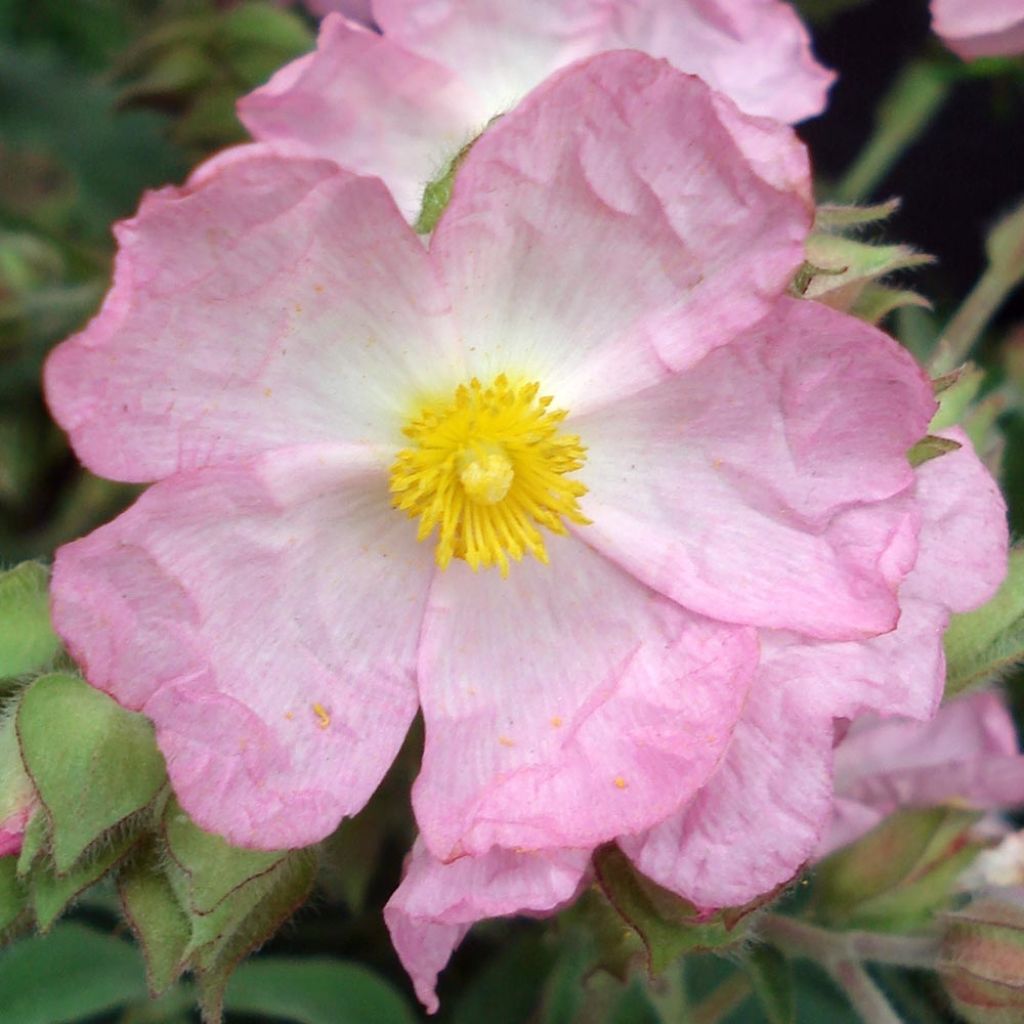

Cistus x argenteus Silver Pink - Rockrose
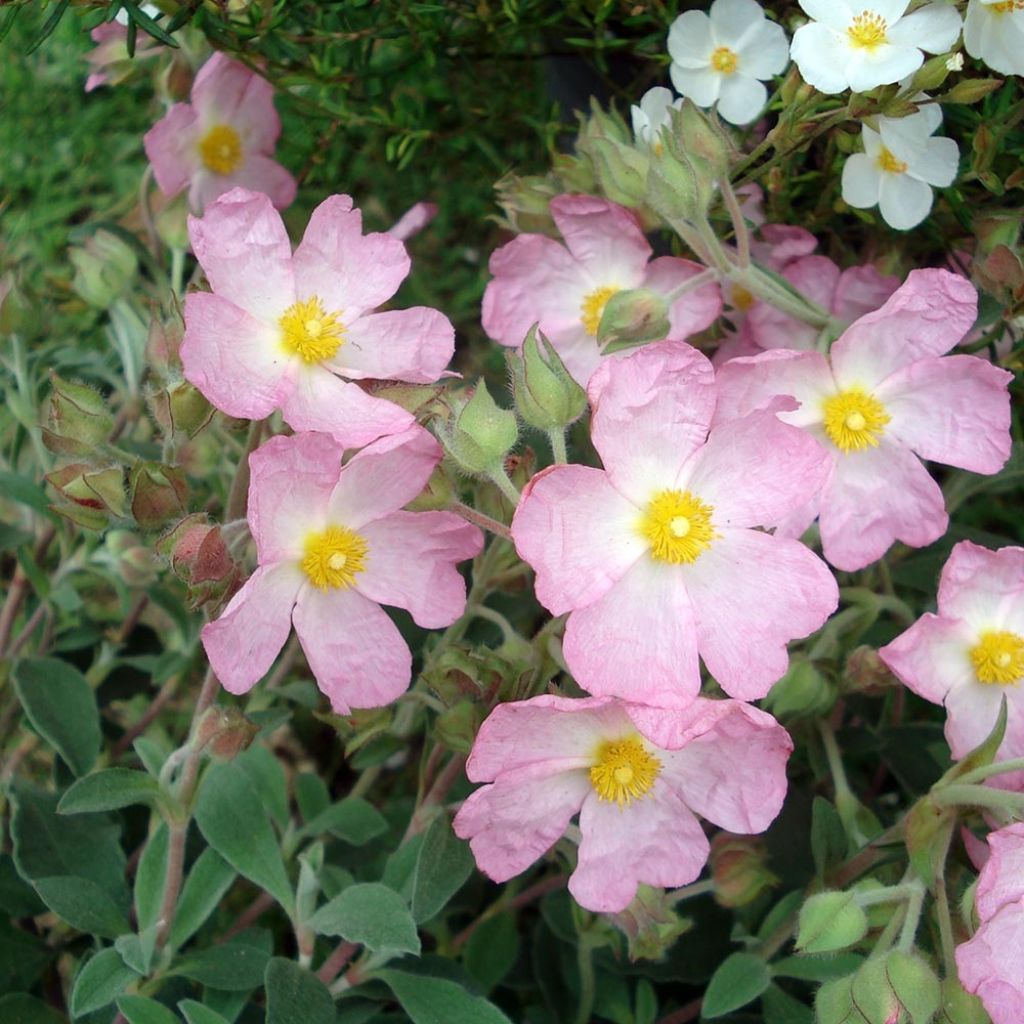

Cistus x argenteus Silver Pink - Rockrose
View more pictures
Hide images
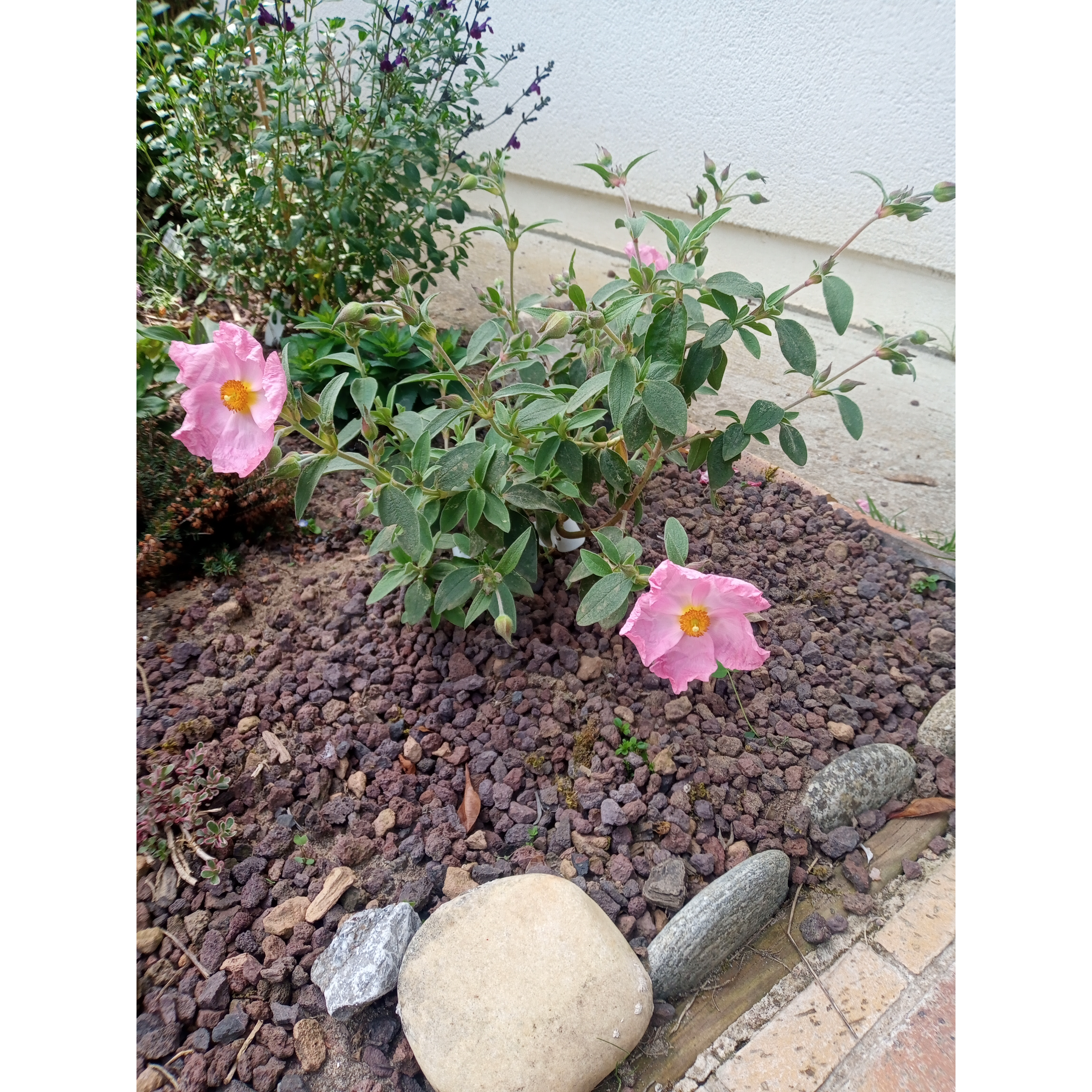
Francoise V.

Cistus
Francoise V. • 33 FR
Cistus x argenteus Silver Pink - Rockrose
Cistus x argenteus Silver Pink
Rockrose
Only 2 out of 5 rockroses survived. Very disappointed.
Dom, 25/09/2024
Special offer!
Receive a €20 voucher for any order over €90 (excluding delivery costs, credit notes, and plastic-free options)!
1- Add your favorite plants to your cart.
2- Once you have reached €90, confirm your order (you can even choose the delivery date!).
3- As soon as your order is shipped, you will receive an email containing your voucher code, valid for 3 months (90 days).
Your voucher is unique and can only be used once, for any order with a minimum value of €20, excluding delivery costs.
Can be combined with other current offers, non-divisible and non-refundable.
Home or relay delivery (depending on size and destination)
Schedule delivery date,
and select date in basket
This plant carries a 24 months recovery warranty
More information
We guarantee the quality of our plants for a full growing cycle, and will replace at our expense any plant that fails to recover under normal climatic and planting conditions.
Would this plant suit my garden?
Set up your Plantfit profile →
Description
Cistus argenteus Silver Pink is a charming variety of rockrose that forms a beautiful ground cover in dry soil. This small evergreen bush offers abundant flowering in spring, with light corollas resembling delicate pink roses with a silver sheen, illuminated by a white halo around a bouquet of yellow stamens. The fragile and ephemeral flowers continuously renew themselves on this well-rounded shrub. Perfectly adapted to drought and salty winds, this plant will thrive in a dry rock garden or on a sun-drenched slope. It is essential in an authentic Mediterranean dry garden.
The Silver Pink rockrose (synonym Cistus x lenis 'Grayswood Pink') belongs to the family of rockroses and is a horticultural hybrid obtained in England around 1910 by Hillier Nurseries. Its parentage is complex and includes Cistus albidus, C. creticus, and C. laurifolius. Its cold resistance is estimated at -10/-12°C (14/10.4°F) once well-rooted in well-draining soil. All these plants, native to Mediterranean regions, are perfectly adapted to intense heat and very dry summers.
This well-branched shrub has a bushy and wide habit. It will reach about 75cm (29.5in) in height, with a spread of 1m (3.3ft) or sometimes more. Its growth is relatively fast, and the plant ages fairly well in poor soil, living for 12 to 15 years. Flowering occurs in spring or early summer depending on the climate, from May to late June and lasts about a month. The pastel flowers, with open round corollas, measure 4 to 4.5cm (1.6 to 1.8in) in diameter and are enhanced at the centre by numerous bright yellow stamens. The petals slightly overlap. The flowers last only one day, covering the ground with their petals in the late afternoon, but will already be replaced by the next morning. The evergreen foliage consists of small, thick, wavy, downy and elongated leaves measuring 3 to 5cm (1.2 to 2in) long. They are dark green-grey in spring and become lighter and greyer in summer due to heat and drought. The young shoots are aromatic, and the fuzzy flower buds are tinted with reddish-brown.
This bush is a beautiful ground cover for arid situations. Create a group to accompany your rockrose by mixing the foliage and scents of lavender, rosemary, thyme, and shrubby salvias, as well as aromatic perennials. Add California poppies and drought-tolerant euphorbias to bring some dynamism to your compositions.
The leaves of aromatic rockrose varieties produce labdanum, a sticky and fragrant resin with medicinal properties, widely used in perfumery. After a very hot day, they give off a unique scent mixed with marjoram, lavender, thyme, and rosemary.
Cistus x argenteus Silver Pink - Rockrose in pictures
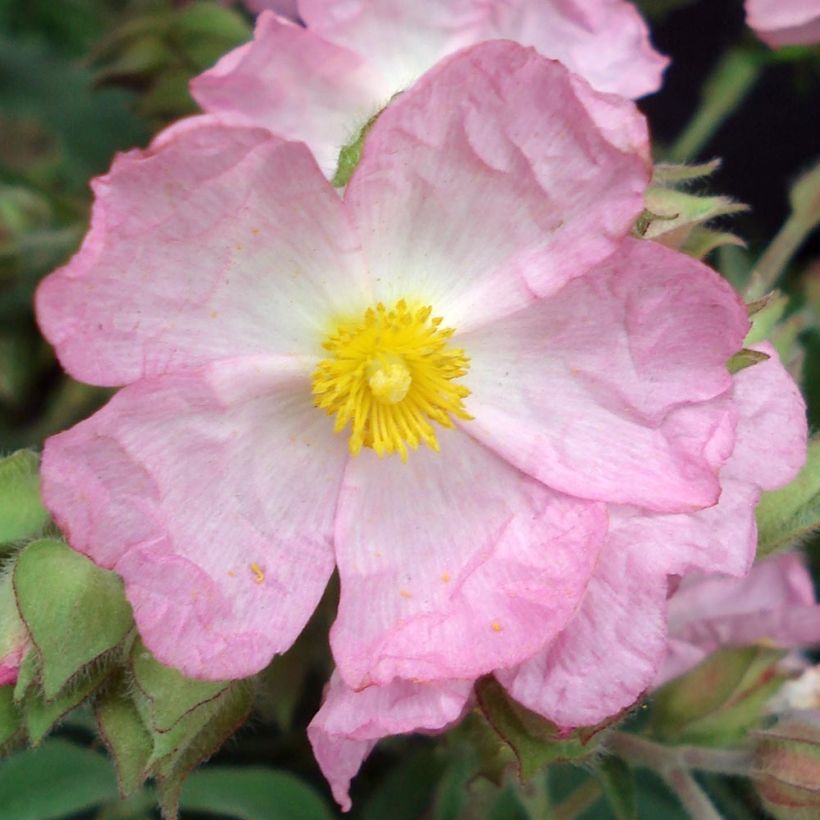

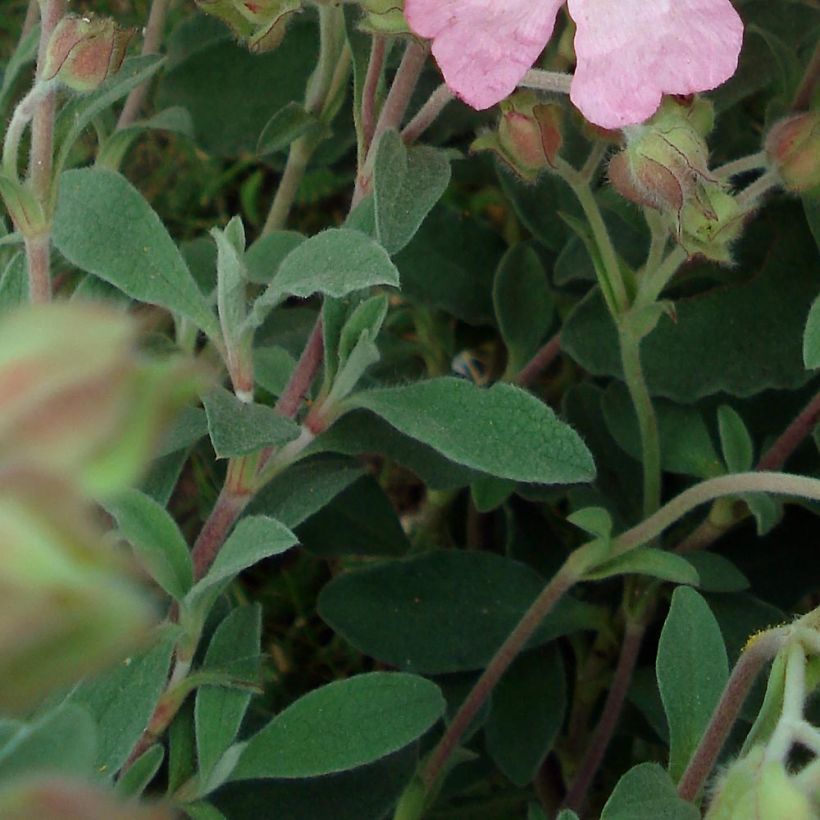

Plant habit
Flowering
Foliage
Botanical data
Cistus
x argenteus
Silver Pink
Cistaceae
Rockrose
Mediterranean
Other Cistus - Rockrose
View all →Planting and care
Cistus Silver Pink requires a perfectly drained, rocky or sandy, poor, even slightly limestone soil. Plant it after the last frost in areas close to hardiness limits, and in September-October in hot and dry climates. It cannot thrive without sun and likes to have warm roots. Under these conditions, it is hardy down to -10/-12°C (14/10.4°F) once well established, and will live longer. Mulch it in winter in slightly colder regions and protect it from the cold as much as possible. Place it in a warm spot in the garden, in full sun or against a south-facing wall, in a rocky or sandy slope. It requires a substrate that does not retain moisture, which would be fatal to it in winter, but also in summer which is its vegetative rest period. The combination of heat and humidity leads to the development of a fungus that attacks the plant's collar and will be fatal to it. Tolerant to the presence of limestone, this variety may nevertheless show signs of chlorosis in heavy, waterlogged soil in winter; hence the importance of drainage. You can shorten the stems after flowering to encourage the plant to branch out. Avoid severe pruning and never prune below the first leaves (located towards the bottom of the stems).
Planting period
Intended location
Care
Planting & care advice
-
, onOrder confirmed
Reply from on Promesse de fleurs
Similar products
Haven't found what you were looking for?
Hardiness is the lowest winter temperature a plant can endure without suffering serious damage or even dying. However, hardiness is affected by location (a sheltered area, such as a patio), protection (winter cover) and soil type (hardiness is improved by well-drained soil).

Photo Sharing Terms & Conditions
In order to encourage gardeners to interact and share their experiences, Promesse de fleurs offers various media enabling content to be uploaded onto its Site - in particular via the ‘Photo sharing’ module.
The User agrees to refrain from:
- Posting any content that is illegal, prejudicial, insulting, racist, inciteful to hatred, revisionist, contrary to public decency, that infringes on privacy or on the privacy rights of third parties, in particular the publicity rights of persons and goods, intellectual property rights, or the right to privacy.
- Submitting content on behalf of a third party;
- Impersonate the identity of a third party and/or publish any personal information about a third party;
In general, the User undertakes to refrain from any unethical behaviour.
All Content (in particular text, comments, files, images, photos, videos, creative works, etc.), which may be subject to property or intellectual property rights, image or other private rights, shall remain the property of the User, subject to the limited rights granted by the terms of the licence granted by Promesse de fleurs as stated below. Users are at liberty to publish or not to publish such Content on the Site, notably via the ‘Photo Sharing’ facility, and accept that this Content shall be made public and freely accessible, notably on the Internet.
Users further acknowledge, undertake to have ,and guarantee that they hold all necessary rights and permissions to publish such material on the Site, in particular with regard to the legislation in force pertaining to any privacy, property, intellectual property, image, or contractual rights, or rights of any other nature. By publishing such Content on the Site, Users acknowledge accepting full liability as publishers of the Content within the meaning of the law, and grant Promesse de fleurs, free of charge, an inclusive, worldwide licence for the said Content for the entire duration of its publication, including all reproduction, representation, up/downloading, displaying, performing, transmission, and storage rights.
Users also grant permission for their name to be linked to the Content and accept that this link may not always be made available.
By engaging in posting material, Users consent to their Content becoming automatically accessible on the Internet, in particular on other sites and/or blogs and/or web pages of the Promesse de fleurs site, including in particular social pages and the Promesse de fleurs catalogue.
Users may secure the removal of entrusted content free of charge by issuing a simple request via our contact form.
The flowering period indicated on our website applies to countries and regions located in USDA zone 8 (France, the United Kingdom, Ireland, the Netherlands, etc.)
It will vary according to where you live:
- In zones 9 to 10 (Italy, Spain, Greece, etc.), flowering will occur about 2 to 4 weeks earlier.
- In zones 6 to 7 (Germany, Poland, Slovenia, and lower mountainous regions), flowering will be delayed by 2 to 3 weeks.
- In zone 5 (Central Europe, Scandinavia), blooming will be delayed by 3 to 5 weeks.
In temperate climates, pruning of spring-flowering shrubs (forsythia, spireas, etc.) should be done just after flowering.
Pruning of summer-flowering shrubs (Indian Lilac, Perovskia, etc.) can be done in winter or spring.
In cold regions as well as with frost-sensitive plants, avoid pruning too early when severe frosts may still occur.
The planting period indicated on our website applies to countries and regions located in USDA zone 8 (France, United Kingdom, Ireland, Netherlands).
It will vary according to where you live:
- In Mediterranean zones (Marseille, Madrid, Milan, etc.), autumn and winter are the best planting periods.
- In continental zones (Strasbourg, Munich, Vienna, etc.), delay planting by 2 to 3 weeks in spring and bring it forward by 2 to 4 weeks in autumn.
- In mountainous regions (the Alps, Pyrenees, Carpathians, etc.), it is best to plant in late spring (May-June) or late summer (August-September).
The harvesting period indicated on our website applies to countries and regions in USDA zone 8 (France, England, Ireland, the Netherlands).
In colder areas (Scandinavia, Poland, Austria...) fruit and vegetable harvests are likely to be delayed by 3-4 weeks.
In warmer areas (Italy, Spain, Greece, etc.), harvesting will probably take place earlier, depending on weather conditions.
The sowing periods indicated on our website apply to countries and regions within USDA Zone 8 (France, UK, Ireland, Netherlands).
In colder areas (Scandinavia, Poland, Austria...), delay any outdoor sowing by 3-4 weeks, or sow under glass.
In warmer climes (Italy, Spain, Greece, etc.), bring outdoor sowing forward by a few weeks.






























